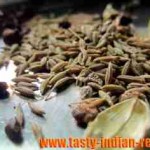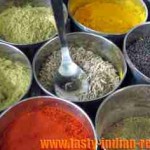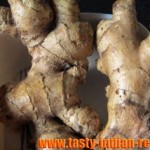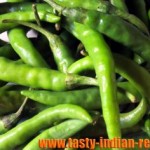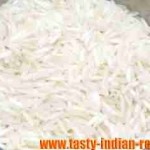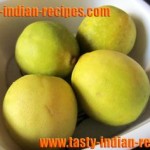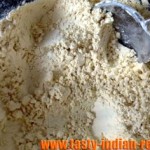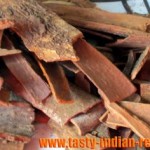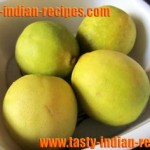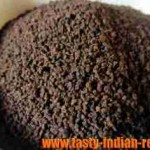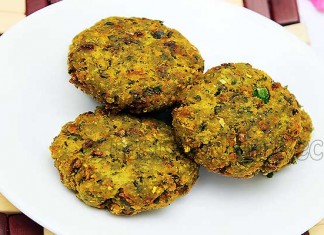Bay leaf is also known Tejpatta, Tamalpatra or Tejpat. This is unique type of leaf having elliptical, pointed and smooth texture. It is an aromatic leaf which is famous because of its fragrance in Indian cooking. Bay leaf is the plant of a large tree of Asia Minor, which is now spread to the Mediterranean and various other countries with similar climates.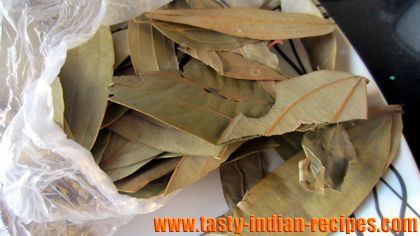
The fragrance of Indian bay leaf is similar like the cinnamon stick, but it is gentle and milder in taste. Bay leaf is the base ingredient of whole garam masala, considered as a responsible ingredient of delicious Indian cuisine.
Bay leaves are the dried leaves, having the shiny and olive green upper surface and dull olive to brown from lower surface. This leaf is to be dried enough and the fragrance becomes a natural, herbal and slightly floral just like the thyme and oregano.
TYPES:
California bay leaf:
It is an aromatic type of bay leaf, which is probably referred to the Mexican bay leaves or Oregon myrtle and pepper wood. They have the strong and highly aromatic flavor, to be used in small quantities.
Mediterranean Bay Leaf:
This particular leaf is fresh and mild in aroma and flavor. They are to be dried for many years but then too, they are not suppose to produce or develop their full flavor.
Greek Bay leaf:
These leaves are highly used for making the various types of cuisine, they are extremely aromatic leaves from the Laurel family (Lauraceae). The distinctive and unique flavor of the leaves gives them top position in the country cooking.
Indonesian bay leaf:
This is the common ingredient of Indonesia, it is rarely found outside the country. This exotic spice is to be applied in various marination of chicken and meat.
USES:
- Whole bay leaves are extremely flavored while adding in the curries, gravies, pulaos and biryani’s.
- Crushed or grounded bay leaves are also useful somewhere in Indian cooking.
- Bay leaves are often used for making variety of soups, stews, pates and braises.
- Most of Indian recipes are greatly flavored with bay leaf, as they work best while flavoring the dishes and are to be removed at the time of serving.
- Variety of dal and vegetable recipes are to be tempered with bay leaf.
- Fresh and dried bay leaves are famous for their distinctive fragrance and flavor, that’s why they have the special place while the culinary uses in kitchen.
- The popular recipes of chicken, fish and meat are to be seasoned with this aromatic bay leaf.
STORAGE:
- Whole bay leaves can be stored in air tight containers.
- They can be preserved for years, if kept properly.
- Crushed bay leaves can be refrigerated for many months, but it would be advisable to use freshly crushed bay leaves.
- The grounded powder of bay leaves also can be stored for 2-3 months, but if you do not want any compromise with the taste of your food, then you must use freshly grounded powder.
BENEFITS:
- Bay leaf can be used as an effective treatment for amenorrhea, colic pains and rheumatism.
- Bay leaf has anti-oxidant and anti-inflammatory properties of eugenol.
- The combination of bay leaves and berries can be used for diaphoretic, digestive, diuretic, carminative, emetic , astringent and other stomach related properties.
- Bay leaf is a basic compound of anti-bacterial and anti-fungal activities.
- Because of its unique properties, bay leaf is greatly used for migraine headaches, bacterial infections, fungal allergies, high blood sugar and gastric ulcers.

